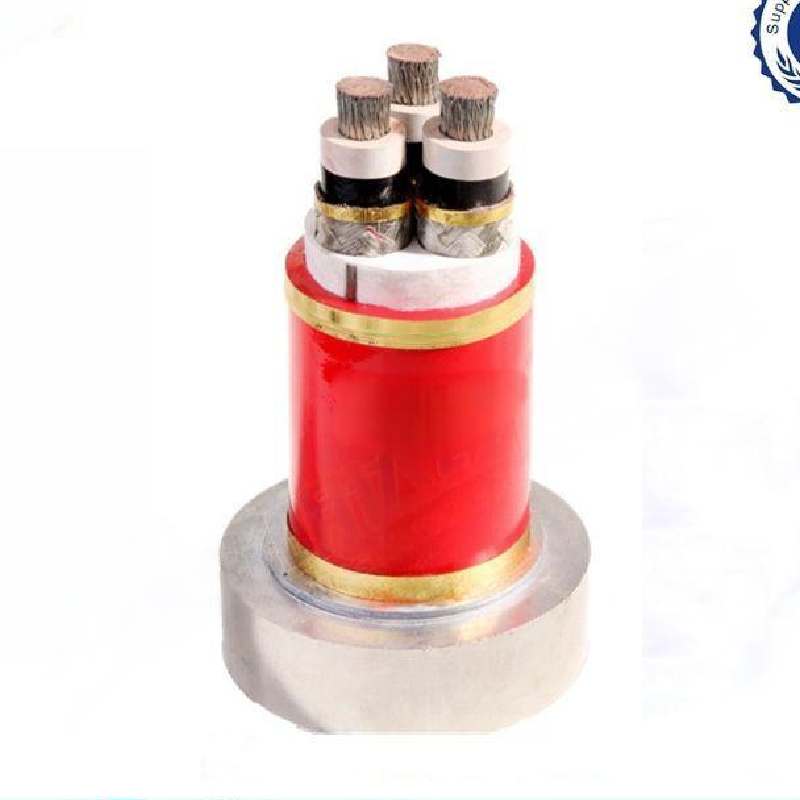Novemba . 30, 2024 07:14 Back to list
Exploring the Benefits and Applications of Casting Ball Valves in Industrial Settings
Understanding the Casting Ball Valve A Key Component in Modern Piping Systems
The casting ball valve, a crucial element in a wide variety of industrial applications, plays an indispensable role in controlling fluid flow within piping systems. Its unique design and functionality make it a preferred choice among engineers and operators in multiple sectors, including oil and gas, chemical processing, water treatment, and many others. This article delves into the intricacies of casting ball valves, highlighting their structure, advantages, applications, and maintenance.
What is a Casting Ball Valve?
A casting ball valve is a type of quarter-turn valve that uses a spherical disc, known as a ball, to control the flow of fluids. The ball has a hole through its center, which aligns with the flow when the valve is open, allowing fluid to pass through. When the valve is closed, the ball rotates to block the passage, effectively stopping the flow. This simple yet effective functionality makes the casting ball valve a favorite in various applications.
The construction of these valves typically involves high-quality materials such as stainless steel, which ensures durability and resistance to corrosion. The term casting refers to the manufacturing process where molten metal is poured into a mold to create the valve body, resulting in a seamless and robust structure that can withstand high pressures and extreme temperatures.
Advantages of Casting Ball Valves
1. Durability and Strength Due to their material and manufacturing processes, casting ball valves are known for their strength and long service life. They can withstand harsh conditions, making them ideal for critical applications where reliability is paramount.
2. Low Resistance to Flow The design of a ball valve allows for minimal turbulence and low pressure drop when the valve is fully open. This is a significant advantage in systems where efficient fluid transfer is necessary.
3. Ease of Operation Ball valves generally require only a quarter turn to open or close completely. This simplicity in operation makes them suitable for automatic control systems, where rapid response is essential.
4. Tight Sealing The design of the ball and seat ensures that there is minimal leakage when the valve is closed. This tight sealing capability is crucial in applications where fluid loss can lead to safety hazards or economic losses.
5. Versatility Casting ball valves can be utilized in a wide range of applications, from low-pressure water systems to high-pressure gas pipelines. Their ability to handle different media, including corrosive substances, makes them versatile components in industrial setups.
casting ball valve

Applications of Casting Ball Valves
Casting ball valves find use across various industries. In oil and gas extraction, they regulate the flow of crude oil and natural gas, providing essential control for safety and efficiency. In the chemical industry, they manage the flow of various chemicals, ensuring safe transport through piping systems.
Water treatment plants utilize casting ball valves to control the distribution of water, ensuring optimal flow rates and preventing leaks. Additionally, HVAC systems often incorporate these valves for regulating coolant flow, improving energy efficiency and system performance.
Maintenance of Casting Ball Valves
To ensure the longevity and efficient operation of casting ball valves, regular maintenance is essential. This typically involves
- Inspection Periodic checks for signs of wear, corrosion, or leaks are crucial. Any abnormalities should be addressed promptly to prevent failures.
- Lubrication Proper lubrication of the valve stem and moving parts can reduce friction and extend the valve's lifespan.
- Testing Routine testing under operational conditions can help detect performance issues before they escalate into major problems.
- Replacement of Parts If any component, such as seals or gaskets, shows signs of wear, timely replacement is vital to maintain effective sealing and prevent leaks.
Conclusion
Casting ball valves are essential components in many industrial systems, offering durability, efficiency, and reliability. Their simple yet effective design, along with their adaptability to various applications, makes them a vital choice for professionals in numerous fields. Understanding their function, advantages, and maintenance needs can lead to more efficient and safe operations in any piping system. As industries continue to evolve, the role of casting ball valves will undoubtedly remain significant in the quest for operational excellence.
Share
-
Reliable Wafer Type Butterfly Valves for Every IndustryNewsJul.25,2025
-
Reliable Flow Control Begins with the Right Ball Check ValveNewsJul.25,2025
-
Precision Flow Control Starts with Quality ValvesNewsJul.25,2025
-
Industrial Flow Control ReliabilityNewsJul.25,2025
-
Engineered for Efficiency Gate Valves That Power Industrial PerformanceNewsJul.25,2025
-
Empowering Infrastructure Through Quality ManufacturingNewsJul.25,2025